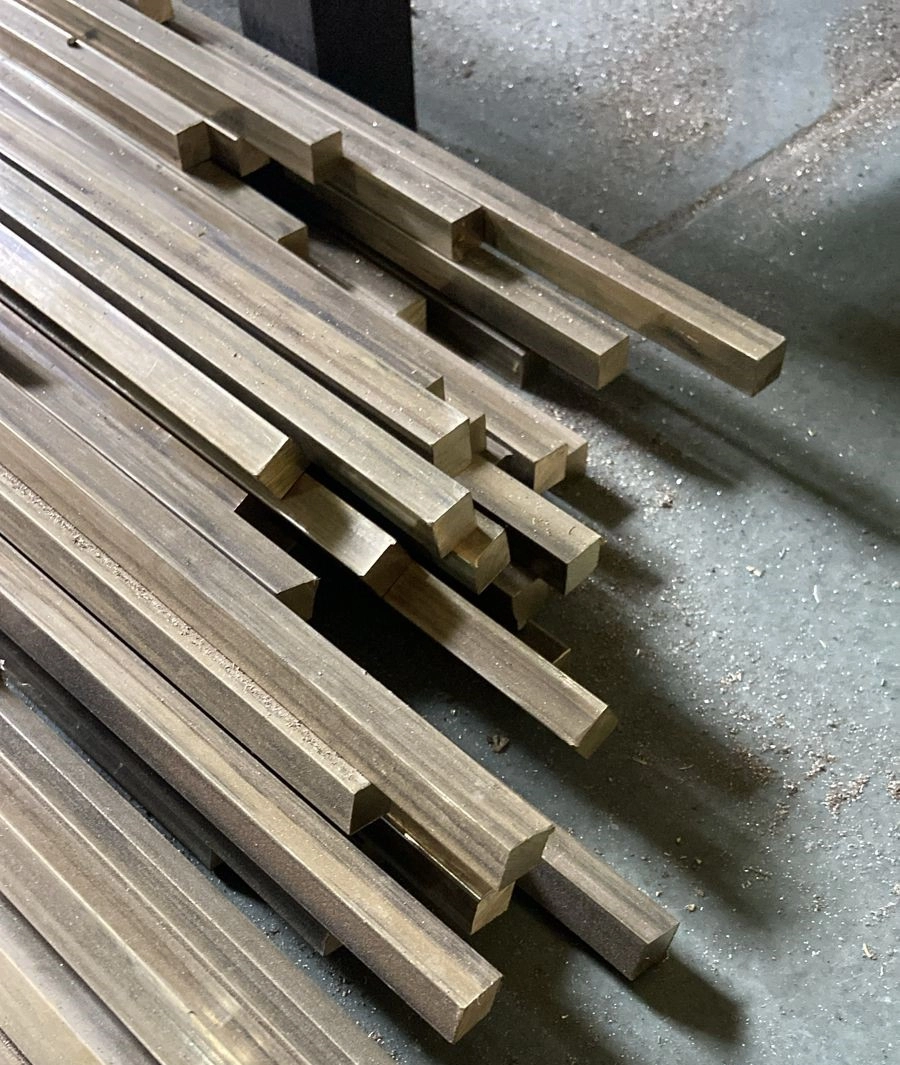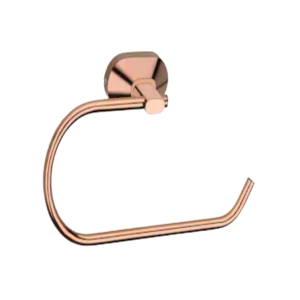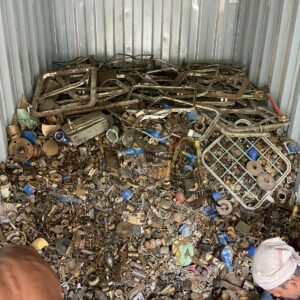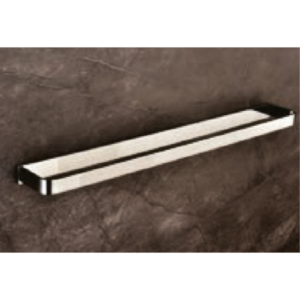Description
-
-
Physical Characteristics:
- Shape: As the name suggests, the cross-section of a square rod is a perfect square. This gives it equal width and height on all sides.
- Dimensions: The dimensions are typically specified by the length of the sides of the square cross-section (e.g., a 10 mm x 10 mm square rod) and the overall length of the rod.
- Material: Square rods can be made from various materials, including steel, aluminum, brass, and other metals. Each material offers different properties, such as strength, weight, and corrosion resistance.
Uses:
- Construction: Square rods are often used in structural applications where uniform strength and rigidity are required. They can be used as support beams, frames, or braces.
- Machining: In manufacturing, square rods are frequently machined into custom parts or components. Their shape allows for easy handling and precise cutting or milling.
- Fabrication: They are commonly used in welding and fabrication projects. Their uniform shape makes them suitable for creating fixtures, brackets, and other components.
- Decorative: In some applications, square rods are used for aesthetic purposes, such as in railing designs or architectural elements.
Advantages:
- Strength and Rigidity: Square rods generally offer good strength and rigidity due to their uniform cross-section.
- Ease of Handling: Their shape makes them easy to cut, weld, and machine.
- Versatility: They can be used in a wide range of applications across different industries.
-






Reviews
There are no reviews yet.